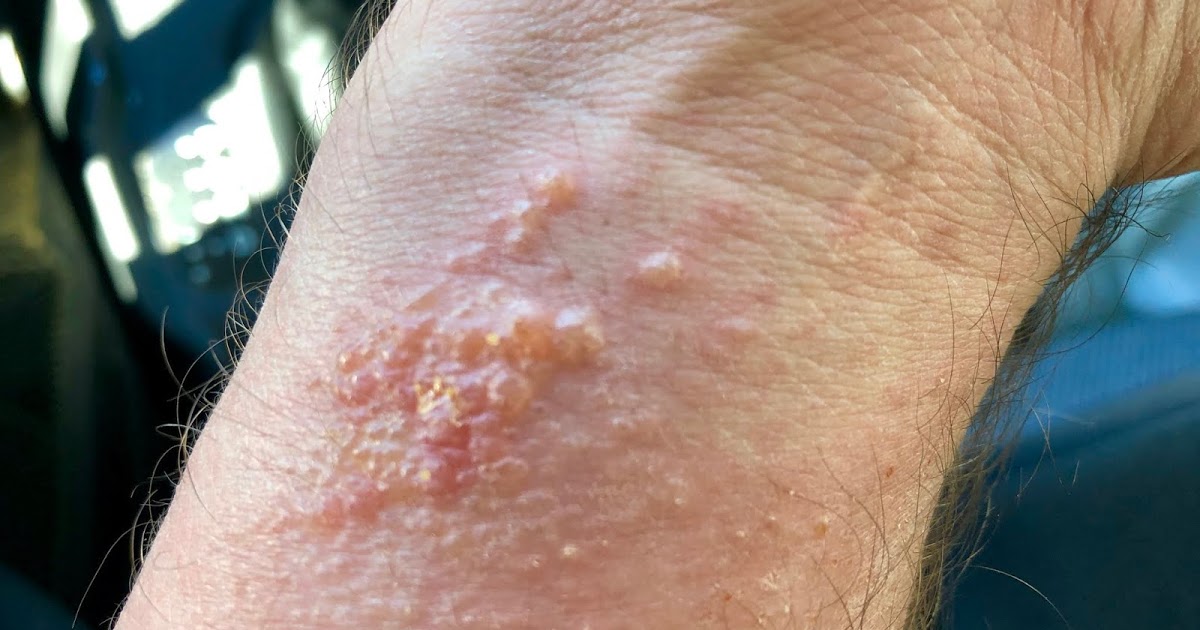Guide To The Symptoms And Types Of Cellulitis
Cellulitis is one of the most common infections. It happens when bacteria enter the skin through an abrasion, cut, scrape, or other opening in the skin. Cellulitis is typically treated with a course of antibiotics. Some individuals are at a higher risk of developing cellulitis than others. If individuals have a compromised immune system, their body may not be able to fight off the same type of bacteria someone with a healthy immune system can. It's important to get treatment right away, as untreated cellulitis can spread into the bloodstream and to other parts of the body, causing the infection to quickly become life-threatening. Typically, skin affected by cellulitis will be tender, warm, red, and painful to touch. If individuals know the signs of cellulitis, they can seek treatment.
Uncover the symptoms and types of cellulitis now.
Blisters And A Rash

Cellulitis can cause blisters and a rash, though several other skin conditions can lead to rashes and blisters as well. If individuals are not certain of the cause, it's best to seek a doctor's opinion. Whether the underlying condition is cellulitis or not, a doctor will usually be able to make a treatment plan. Most cases of cellulitis involve symptoms on just one side of the body, rather than mirrored symptoms. They may develop around an obvious skin abrasion, but they might also develop seemingly without reason. The abrasion that allows bacteria inside might be small enough that it's not noticeable to the naked eye. Cellulitis is most likely to develop on the lower legs, but it can also develop on any part of the body. In addition to the rash, blisters, and redness, patients might also notice the skin is dimpled or warm to the touch. These signs of infection should be inspected by a doctor immediately.
Discover additional warning signs of cellulitis now.